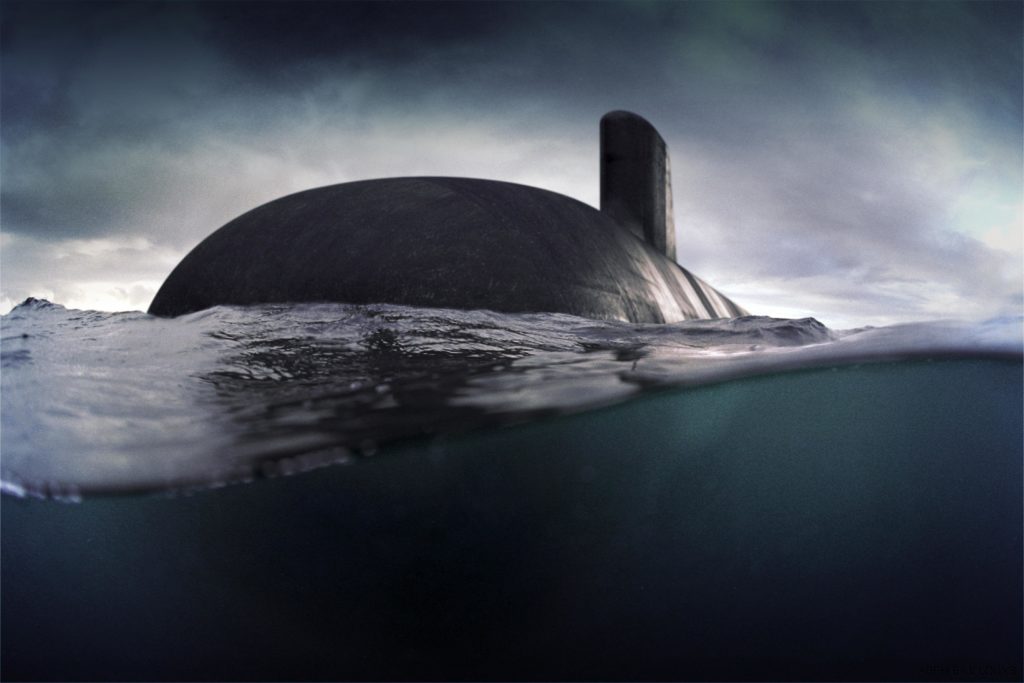While sectors of the economy such as hospitality and tourism have taken a hit due to the pandemic, Australia’s naval shipbuilding industry is going full steam ahead.
In fact, signups to the Naval Shipbuilding College (NSC) workforce register increased by more than 50 per cent in the first half of this year, according to the organisation.
“We’ve seen a lot of interest so far in 2020,” Naval Shipbuilding Institute Chief Executive Ian Irving told create.
“I think there are several things contributing to this. Obviously COVID-19 is a factor, as its impact on defence and shipbuilding hasn’t been as significant as other sectors, and in terms of job security the industry is seen as very stable.”
This will only increase in the coming months, Irving said, as shipbuilding firms prepare to recruit for hundreds of new roles that are required as part of the Australian Government’s Naval Shipbuilding Plan.
Announced by the Commonwealth in 2017, the plan includes the construction of 12 submarines, nine frigates and 12 offshore patrol vessels for the Australian navy, as well as 19 Pacific patrol boats to be given to neighbouring countries.
It also includes $1.3 billion to upgrade the Osborne Naval Shipyard in Adelaide and the plant at Henderson in Western Australia, and the establishment of the $25 million NSC in Adelaide, which opened in April 2018.
Building an industry
With Australia’s shipbuilding industry expected to employ more than 15,000 people by 2027, the initial focus of the NSC has been to establish industry workforce requirements, build capacity and increase annual attendance at education and training facilities around Australia.
It was also tasked with increasing key entry-level trade qualifications to meet initial construction demand and boost apprenticeship opportunities.
NSC is also collaborating with the Government’s Defence Science and Technology Organisation to identify the high-tech equipment that will be required to deliver greater war-fighting capability.

Long term, NSC’s aim is to expand educational and work placement pathways for students, graduates and qualified workers from allied industries to meet increased workforce demand.
“From a Commonwealth perspective, it’s about developing the shipbuilding industry and ensuring Australia has the capability to build complex warships,” Irving said.
Engineering opportunities
While a common perception of shipbuilding is that it’s hot, heavy work involving welding and metal bashing, Irving said a career in the industry was linked with next generation technologies and could be diverse and challenging, with varied roles for engineers.
“It ranges from systems engineering to software, hardware, mechanical — it’s not really focused on one particular type of engineering, but on the full breadth of engineering capability,” he said.
“Regardless of experience, if you’re an engineer, you probably have a skillset that is adaptable and transferable to the industry.”
The NSC facilitates this through the National Workforce Register, which launched in 2018 to connect workers and students with the industry. By joining the register, candidates work with NSC consultants who provide tailored educational and career advice.
This is important in order to promote modern shipbuilding as part of Industry 4.0.
“The things you work on are some of the most advanced in the world,” Irving said.
“From an engineering perspective, it presents a really unique, exciting opportunity to work on complex projects and be challenged.
“The engineering and technology in the attack class submarines and hunter class frigates is very sophisticated. It seems that the hull is just the foundation, but when you take that off, you have all the brains within it — that’s the technology that makes it invisible and able to detect threats.”



